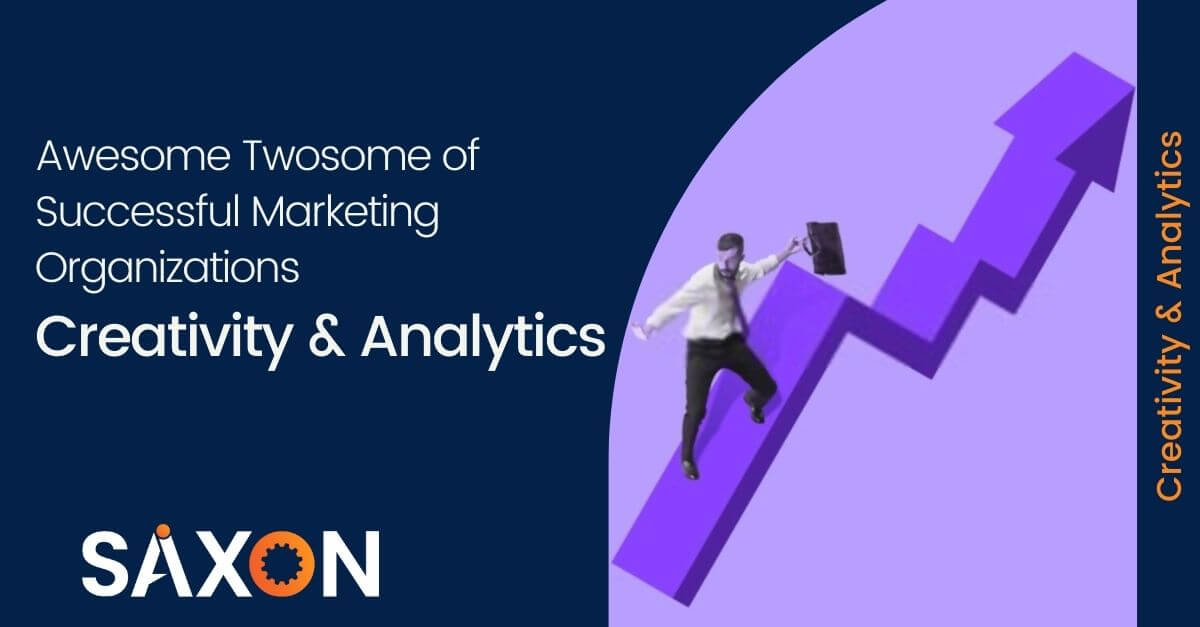Companies that apply creativity and data in unison have registered growth rates twice their competition. Here’s a sneak peek of how they do it.
“Ideas and numbers” have always had an uneasy alliance in marketing. To creative directors, designers, and copywriters, creativity is an instinctual process of building emotional bonds with consumers. Bring in too much quantitative analysis, and the magic dies.
The most innovative companies combine the power of human ingenuity and the insights gleaned from data analytics. But the best marketers are going a step further and integrating this power combo into all functions across the marketing value chain—from brand strategy and consumer insights to customer experience, product, and pricing to content and creative development, media—even measurement. Far from robbing a brand of its soul, this fusion of skills and mindsets is an essential part of marketing’s modernization to drive growth. This class of integrators is modernizing marketing in three different ways:
They treat creativity and data as equal partners.
In integrators, creative functions are becoming more data-driven, and data-driven functions are growing more creative. Two areas where we see this happening most clearly are customer experience and consumer insights. Today, data analytics can uncover customer intentions, triggers, and interests that reveal subtle pain points and unmet needs. They use four or more types of insights and analytic techniques, both traditional (focus groups, primary research, third-party research) and data-driven (customer-journey analytics, advanced analytics, and artificial intelligence), to beat the competition. A majority (70 percent) of integrators employ advanced analytics for consumer insights, compared with only 40 percent of companies with average growth. And 65 percent of integrators use customer-journey analytics, versus 50 percent of average growers.
They make integration a way of life through an agile marketing operating model.
This model brings several marketing functions into a single high-performing team that provides the IT and operations resources needed to bring new ideas to market. They are more likely to have adopted dynamic creative optimization, a technology that enables modular and dynamic personalized ads and content based on data about the individual consumer.
They seek “whole-brain” talent.
Integrators are increasingly bringing certain marketing functions in-house, particularly those closest to the customer experience, such as consumer insights and data analytics. And because rapid experimentation and testing and learning with new campaigns and designs are critical, they are insourcing more digital media and content creation roles.
In the end, Analytics is what companies have learned about people’s behavior. Such insights can guide and inform where imagination needs to go. In the best cases, they can even inspire. Marketers leading the pack in driving growth understand that data and human ingenuity are two sides of the same coin.


